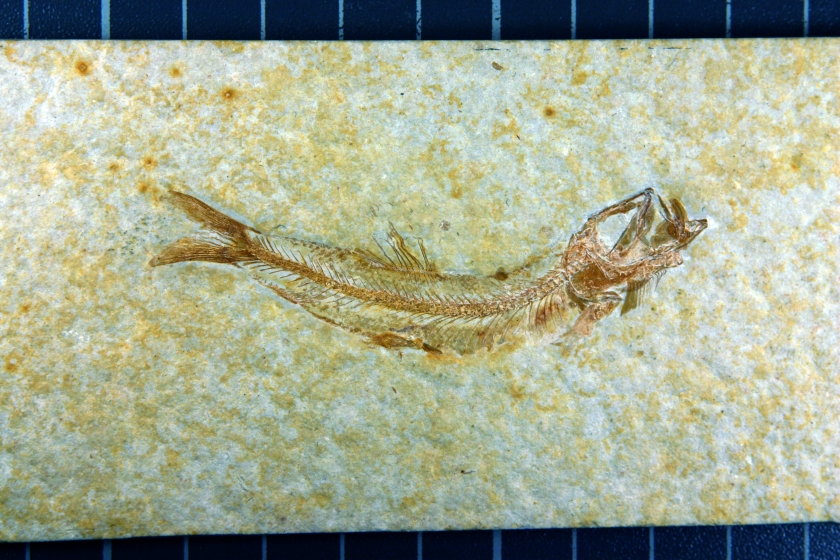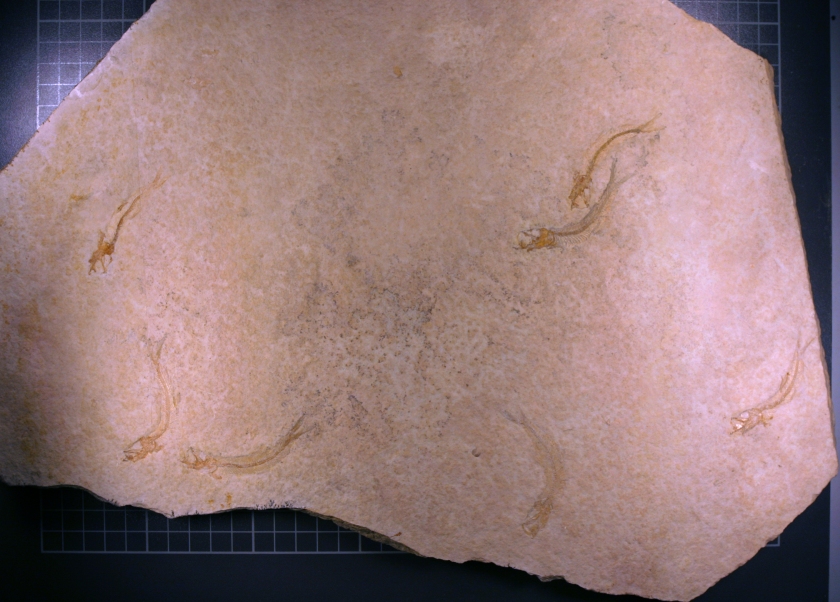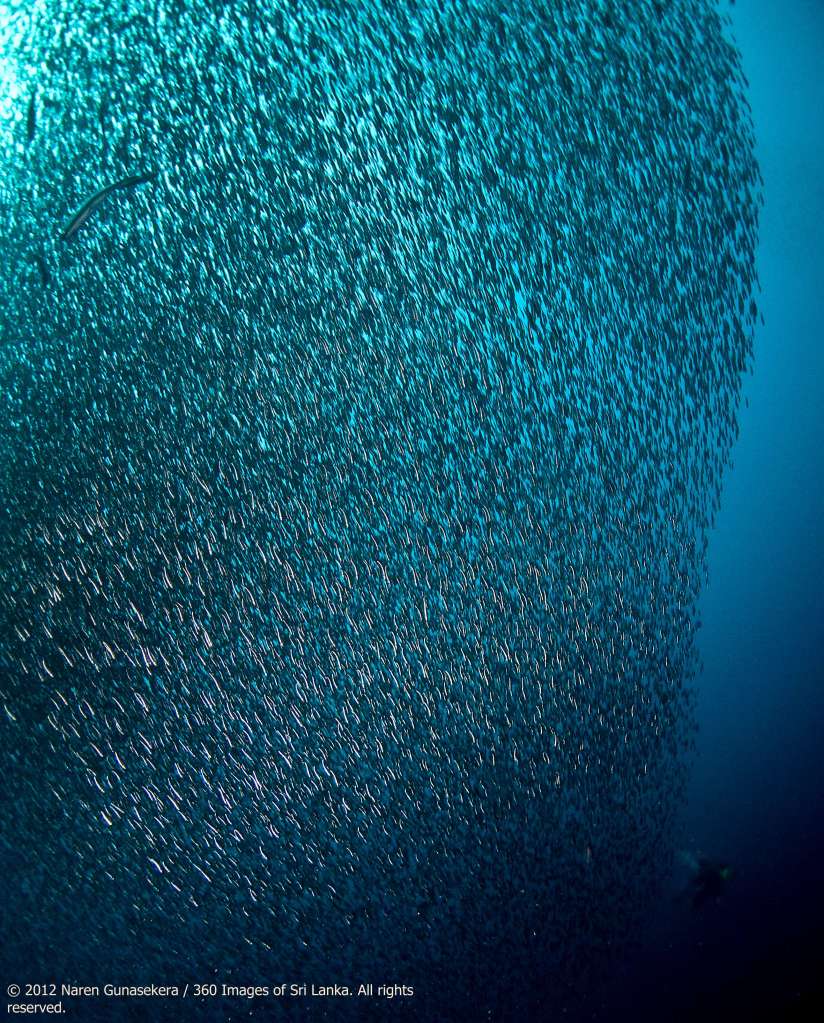Every year, the German Palaeontological Association selects a fossil of particular interest and scientific importance for public outreach and to draw attention to Germany’s fossil resources. Their 2016 selection is Leptolepides sprattiformis, a small teleost fish from the Late Jurassic of Bavaria, Germany (approximately 150 million years old). Leptolepides is usually about 7 cm in length, and the shape of the skull and jaws suggests that it fed on plankton, as do modern baitfish such as anchovies.

Leptolepides sprattiformis is a very common fossil from the lithographic limestones of Bavaria, and is also often found in very high abundance, with many individuals on a single bedding plane. This suggests that whole schools may have been subject to mass mortality events.

Modern baitfish form an important link in the marine food chain, consuming plankton and in turn being eaten by larger predators. It is probable that Leptolepides sprattiformis played a similar ecological role; individuals of this species are also relatively common as gastrointestinal contents of larger fishes.

